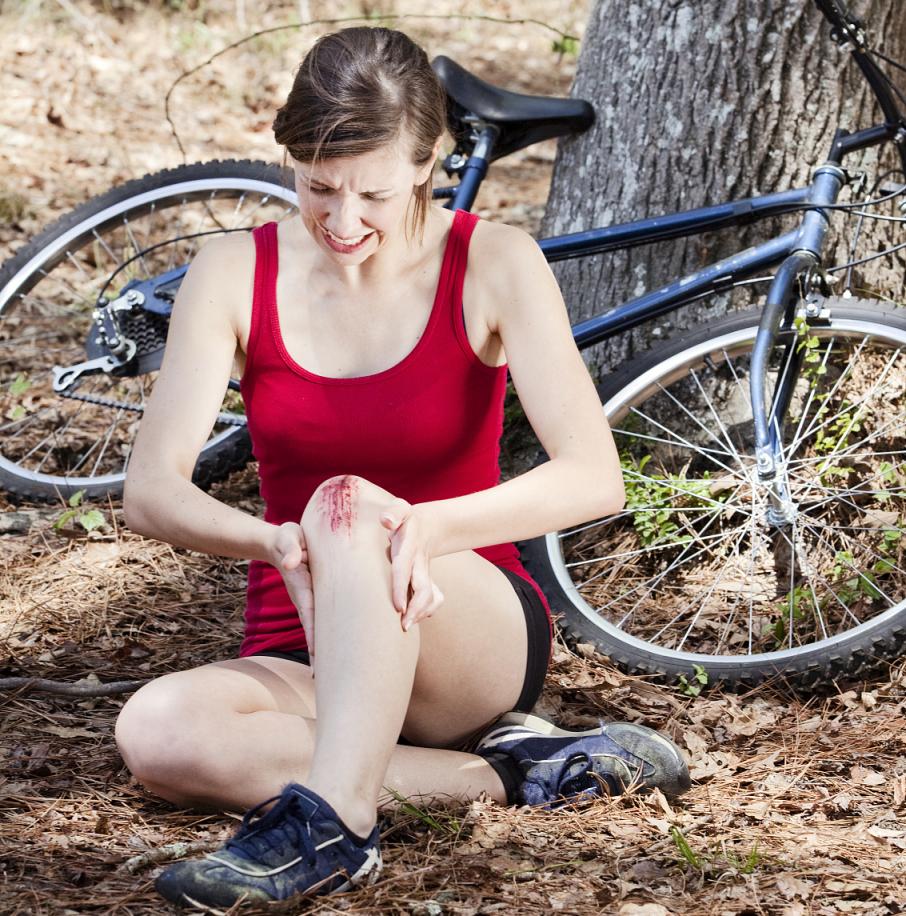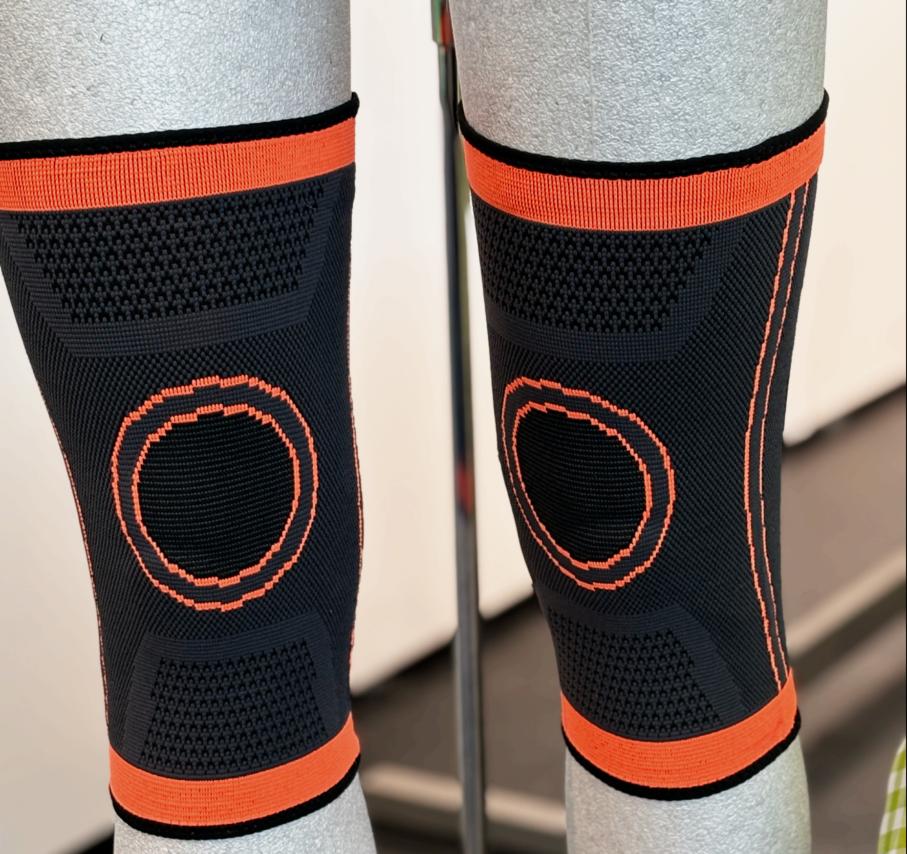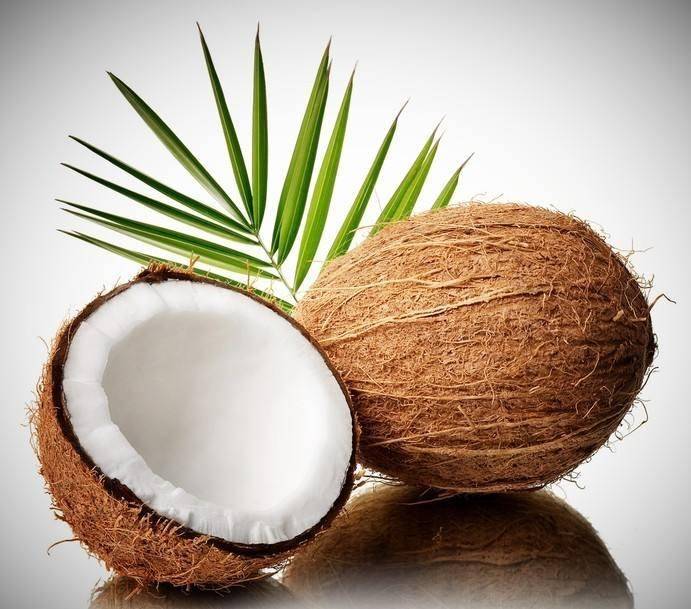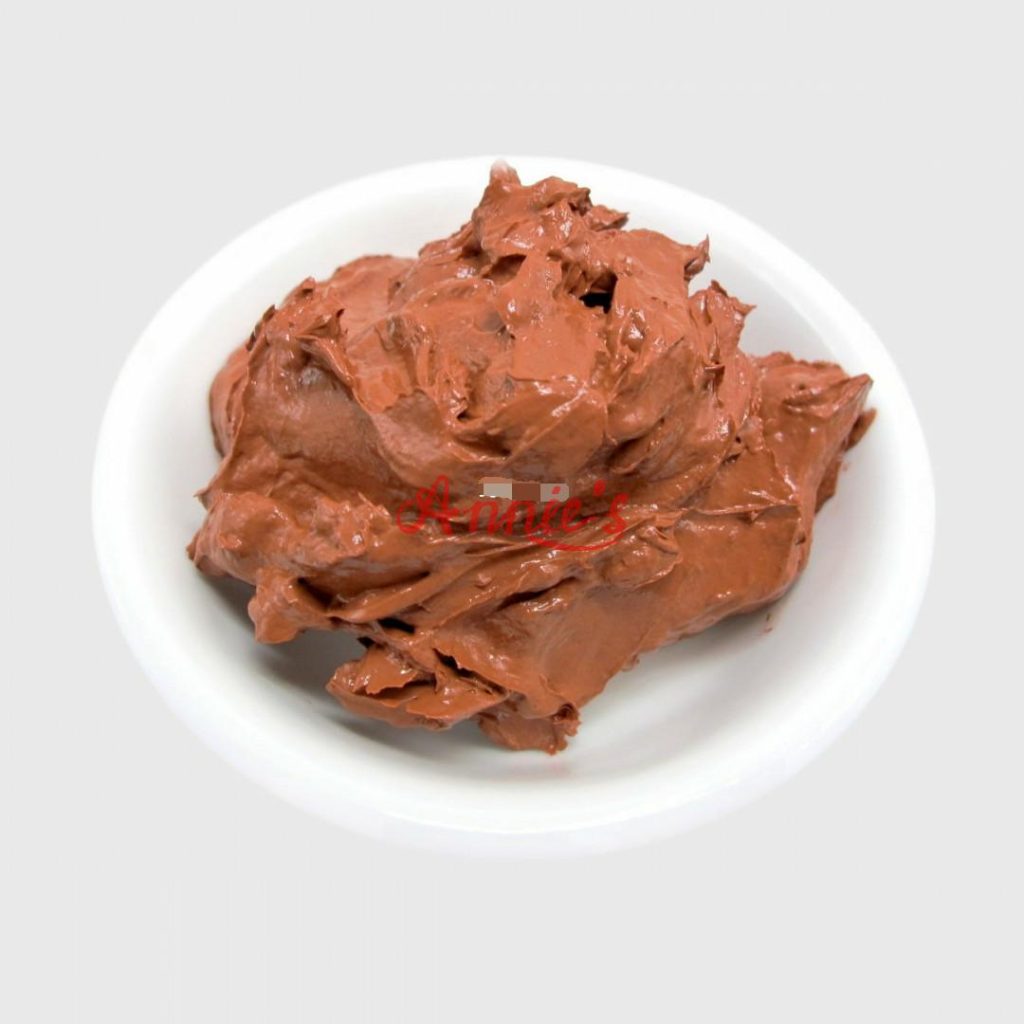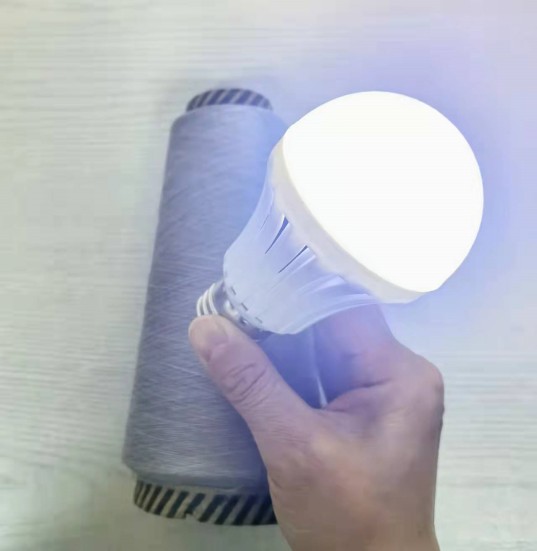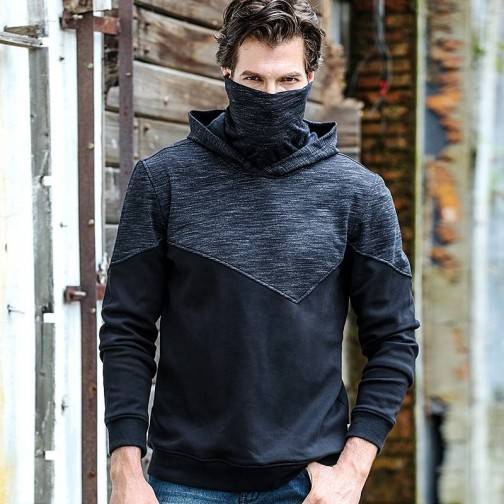Have you ever been on a long summer ride, feeling your jersey sticking to your back, completely soaked with sweat? Or maybe you’ve experienced that uncomfortable burning sensation on your skin after spending hours under the sun? Perhaps you’ve struggled with bulky winter layers that restrict your movement while still somehow leaving you cold?
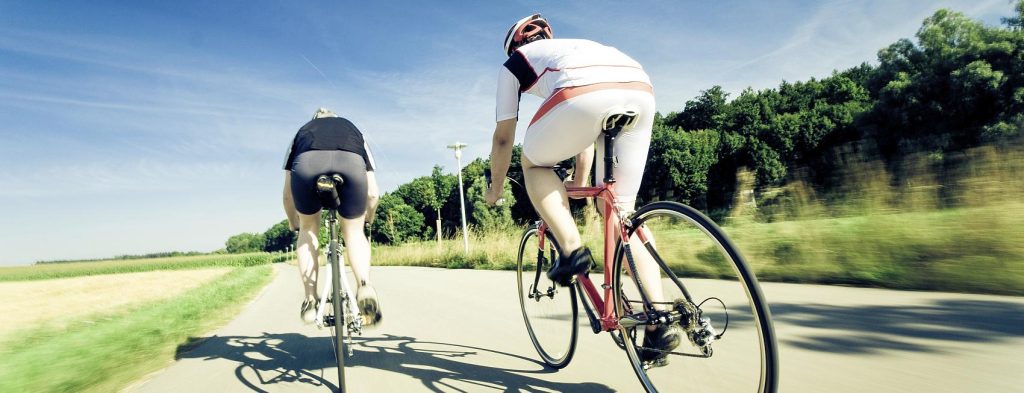
These common cycling discomforts can really take the joy out of riding. But here’s the good news – cycling textile technology has come a long way in recent years, and there are now innovative solutions that address these exact problems.
The Evolution of Cycling Textiles
Cycling is a demanding sport that places unique requirements on clothing. Your body generates significant heat and moisture during rides, yet you’re also exposed to various weather conditions – from scorching sun to freezing wind. Traditional fabrics simply can’t handle these contrasting demands effectively.
Modern functional yarns have completely transformed what’s possible in cycling apparel. These aren’t just marketing gimmicks – they’re engineered solutions based on understanding how the body works during cycling and what it needs to perform optimally.
Solving the Summer Cycling Challenge
Summer riding presents several challenges: excessive sweating, overheating, and harmful UV exposure. Let’s talk about how advanced textile technology addresses each of these issues.
When you’re climbing that steep hill under the summer sun, your body naturally produces sweat to cool down. The problem with conventional fabrics is that they get saturated quickly, becoming heavy and uncomfortable. This is where 8C microporous wicking technology makes a huge difference.
Take your summer cycling bib shorts, for example. Traditional materials often become waterlogged around the chamois area, creating uncomfortable chafing on long rides. How is 8C microporous works? It with countless microscopic channels that actively pull moisture away from your skin and distribute it across a wider surface area where it can evaporate quickly. This keeps you feeling remarkably dry even during intense efforts, reducing irritation on those century rides.
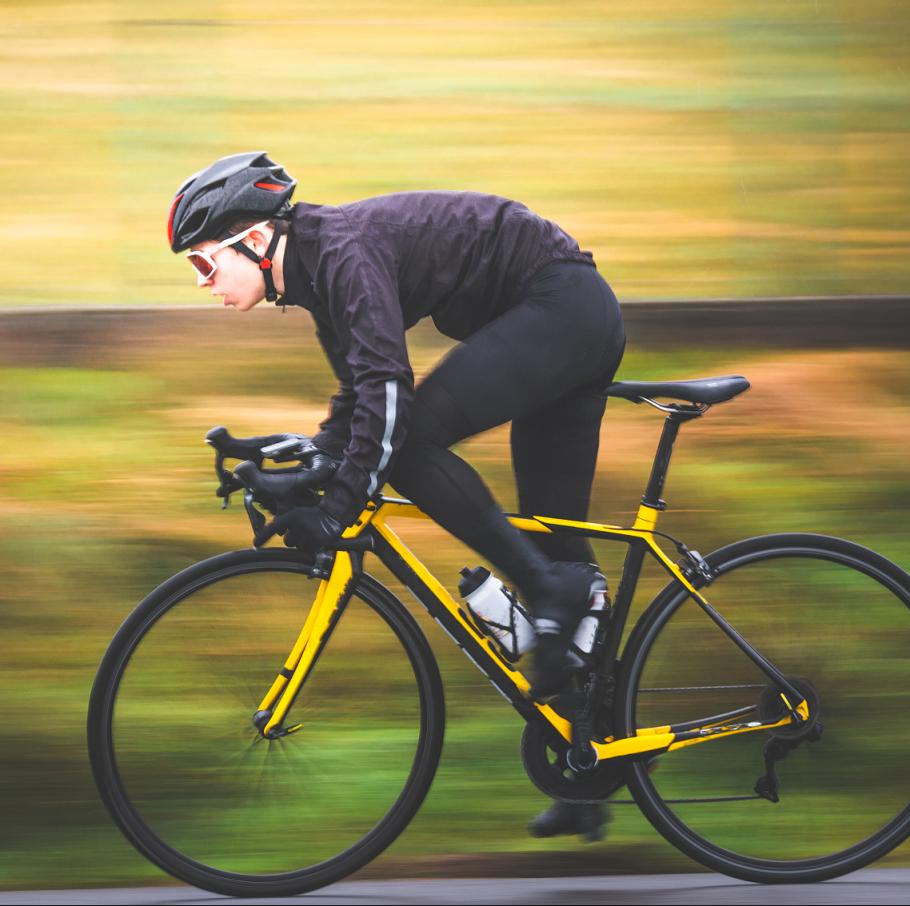
But managing sweat is only part of the summer challenge. Overheating can severely impact your performance and enjoyment. This is where cooling touch technology comes in. When combined with the 8C wicking system, cooling yarns like IcSnow® create a genuinely refreshing sensation against your skin. Unlike fabrics that simply try not to trap heat, these yarns actively work to create a cooling effect when they contact moisture. IcSnow® Ice Cooling Yarn incorporates an advanced composite powder system, combining multiple cooling materials for enhanced performance.
This cooling effect is particularly valuable in items like skull caps worn under your helmet. These thin caps help manage sweat that would otherwise drip into your eyes, but when made with cooling technology, they also help regulate your head temperature – one of the most important factors in preventing overheating. Similarly, summer cycling gloves with cooling technology keep your hands comfortable while maintaining the grip you need for control and safety.
Then there’s the sun exposure issue. While sunscreen helps, it often washes away with sweat or creates an uncomfortable, sticky feeling. Modern UV-protective fabrics offer a better solution. With protection ratings of UPF 100+, these fabrics block virtually all harmful UV rays, eliminating the need for sunscreen on covered areas. This means you can focus on your ride without worrying about reapplying sunscreen or dealing with sunburn afterward.
Cooling arm sleeves (often called “ice sleeves”) with UPF 100+ protection have become increasingly popular among cyclists. These lightweight sleeves actually keep your arms cooler than riding bare-armed while simultaneously providing complete sun protection. No more awkward tan lines or having to reapply sunscreen during pit stops on long rides.Even items like neck gaiters and cycling caps with extended brims benefit from this technology, protecting vulnerable areas like the back of your neck and ears that are often missed with sunscreen application.

Winter Riding Without the Bulk
Winter cycling presents an entirely different set of challenges. Traditional winter clothing often forces you to choose between warmth and mobility – either you’re warm but feel like the Michelin Man, or you can move freely but freeze.
Take cycling winter base layers, for example. Traditional thermal underwear often feels suffocating during high-intensity efforts, trapping sweat against your skin and creating that clammy, chilled feeling once you slow down. Modern thermal base layers using Showarmx technology solve this problem brilliantly. They provide that crucial first layer of warmth while actively managing moisture – a game-changer for winter riding comfort. The difference is particularly noticeable around your core and lower back, areas where getting chilled can quickly end an otherwise enjoyable ride.
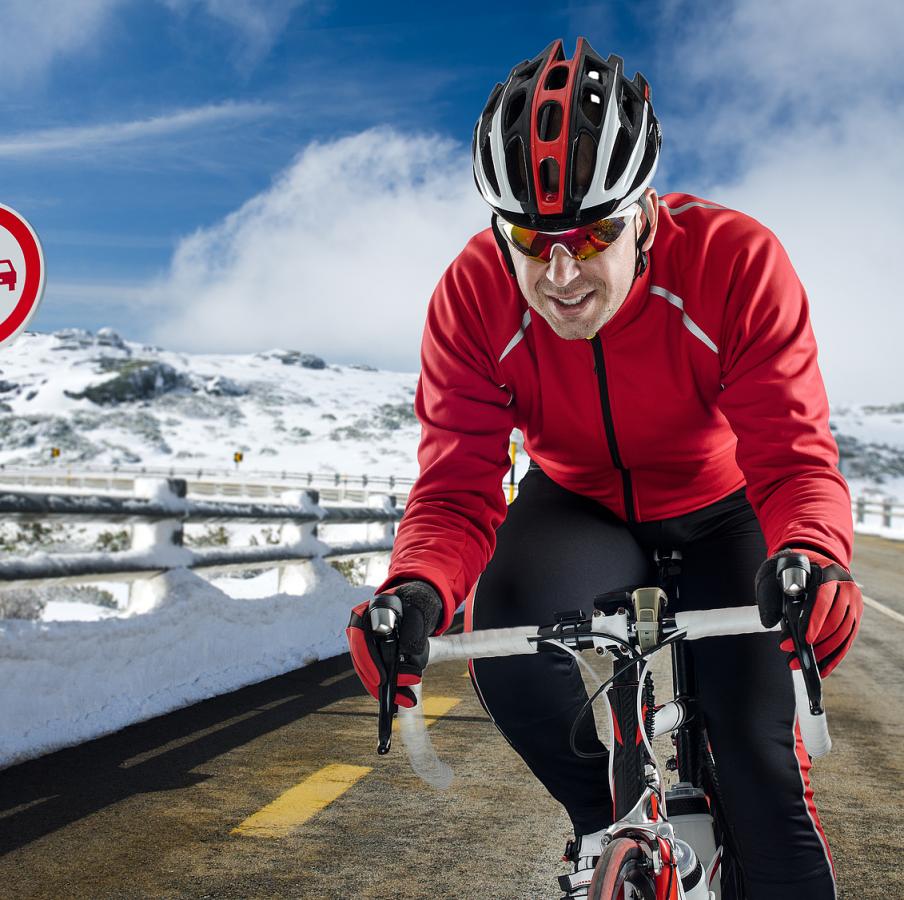
What’s particularly impressive about ShowarmX® hollow yarn is how it maintains warmth even when wet. Unlike traditional insulating materials that lose their effectiveness when damp, this technology continues to provide thermal protection even during light rain or when you’re sweating on a climb. This consistent performance is crucial for winter cycling gloves and socks, where even slight moisture can lead to painfully cold extremities.
For transitional seasons, layering these technologies gives you adaptability to changing conditions. A base layer with moisture management properties under a lightweight thermal outer layer allows you to regulate temperature effectively as conditions change throughout your ride.
Beyond Performance: Wear-resistant Matters
Cycling apparel faces unique challenges – constant friction against saddles, regular washing after sweaty rides, and potential crashes that can easily tear standard fabrics.This is particularly critical for protective gear like knee pads, which take significant abuse during rides. Traditional materials often wear through quickly at contact points, leaving you unprotected when you need it most. This is where specialized yarns make a remarkable difference.
UHMWPE yarn technology offers exceptional abrasion resistance while maintaining flexibility and comfort. Unlike conventional fabrics that quickly develop thin spots and tears, abrasion resistant yarn reinforced textiles can withstand repeated contact with rough surfaces without degrading. This makes them ideal for cycling knee protection where durability directly impacts safety.
Making the Right Choice for Your Riding Style
Every cyclist has different needs based on their riding style, local climate, and personal preferences. If you primarily ride in hot, sunny conditions, prioritizing cooling technology and UV protection makes sense. The combination of 8C wicking with cooling touch properties provides an optimal solution for these conditions.
For those who ride year-round or in variable climates, investing in versatile pieces that work well across temperature ranges is wise. Lightweight thermal options like those using ShowarmX® technology provide warmth without bulk for cooler days, while still being breathable enough for moderate conditions.
The Future of Cycling Comfort
As cycling continues to grow in popularity, we’re seeing even more innovation in textile technology. Manufacturers are finding ways to combine multiple performance features into single yarns, creating even more effective solutions for cyclists.
The best part is that these technologies are becoming more accessible. What was once available only in premium professional-level gear is now finding its way into apparel at various price points, allowing more cyclists to benefit from these advancements.
Whether you’re a competitive racer looking for performance advantages or a recreational rider seeking more comfort on weekend rides, modern cycling textiles can significantly enhance your experience on the bike. By understanding how technologies like 8C microporous wicking, cooling touch, UPF 100+ protection, and ShowarmX® thermal regulation work, you can make informed choices about your cycling wardrobe and enjoy more comfortable, enjoyable rides in any season.

